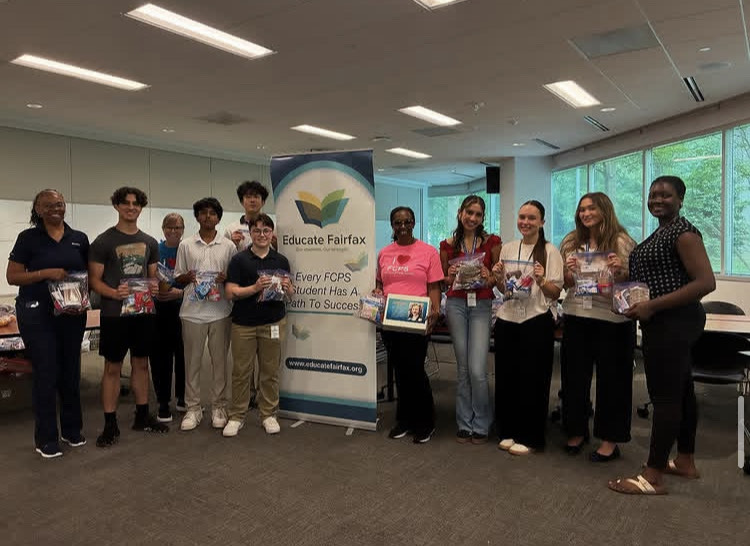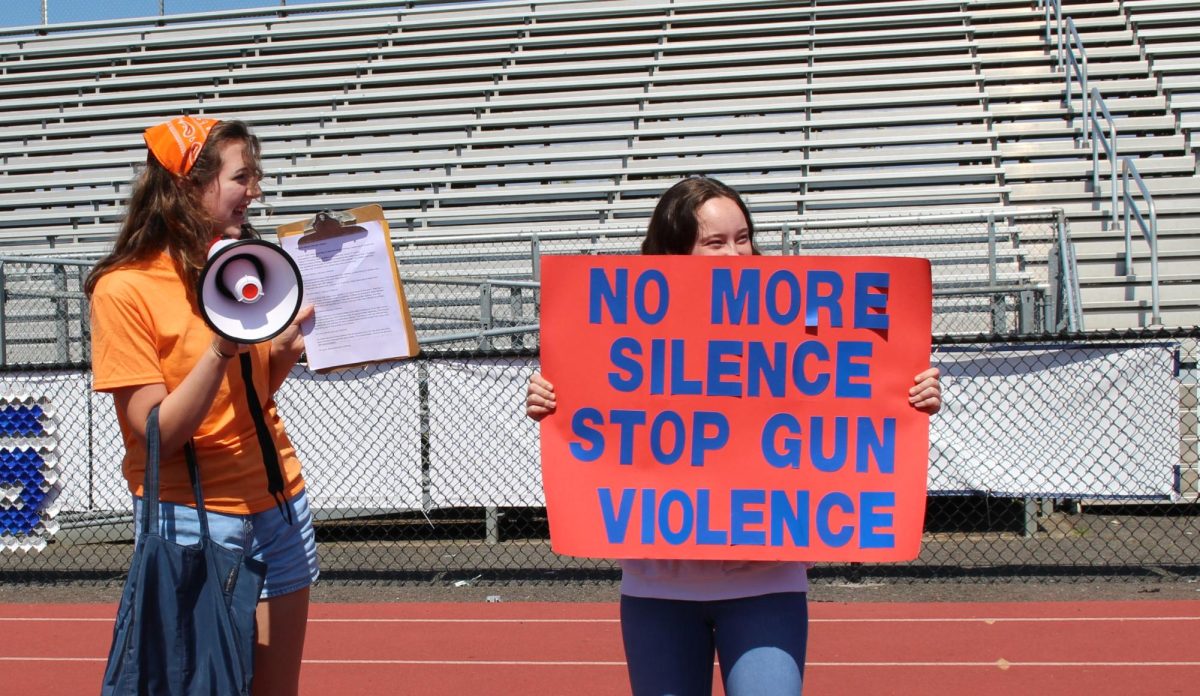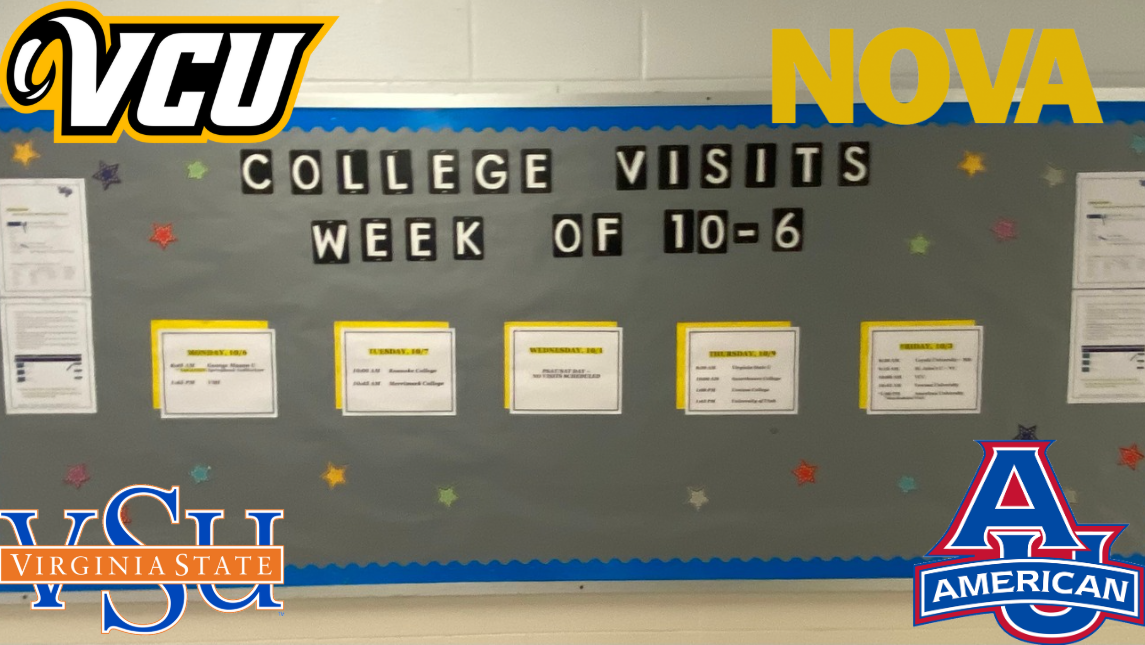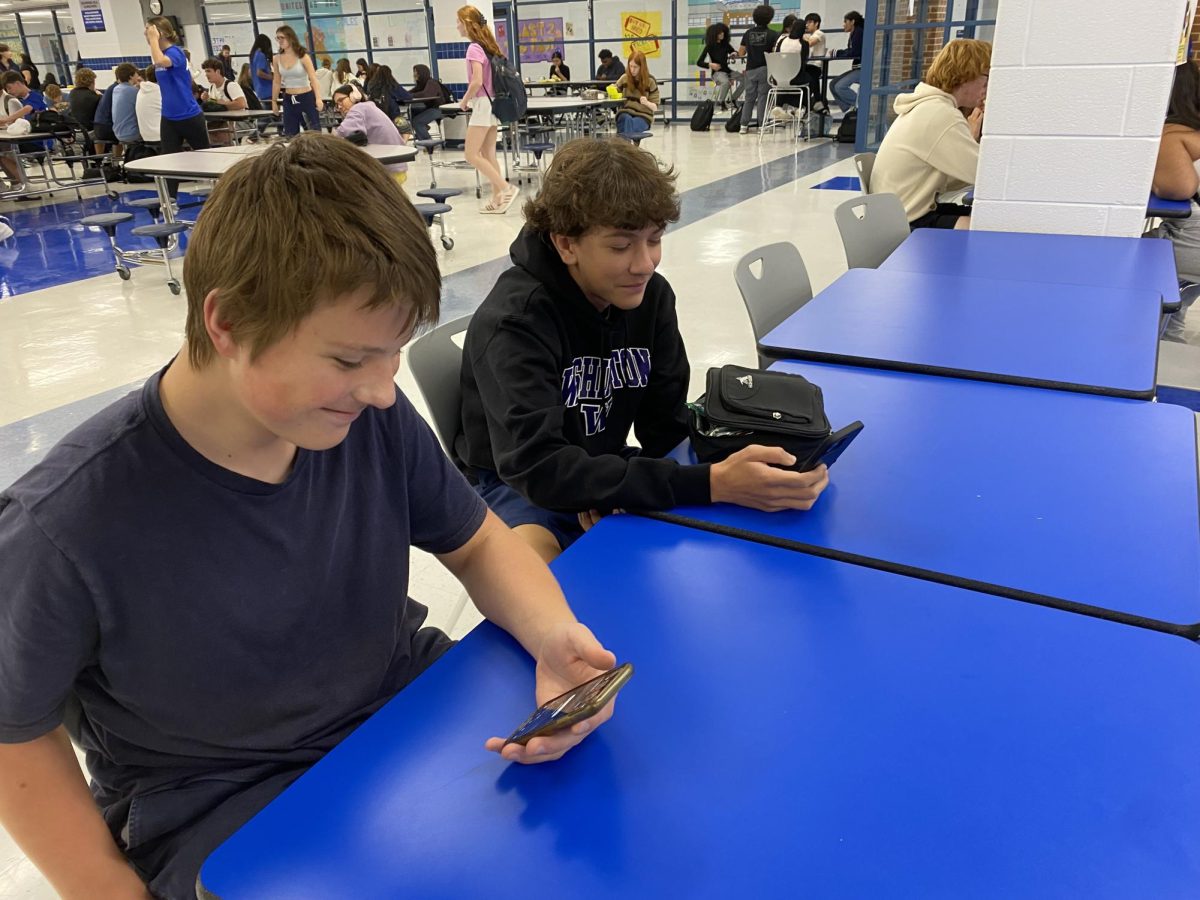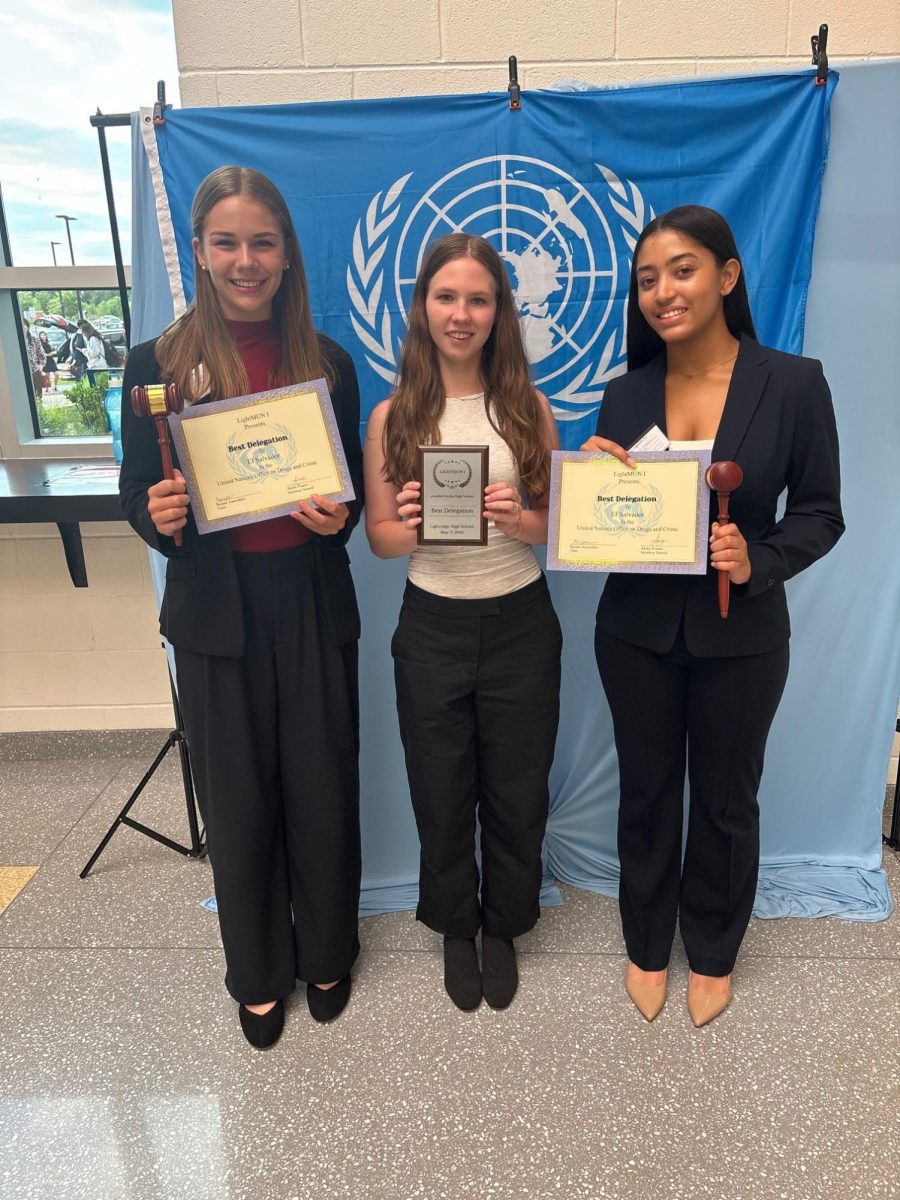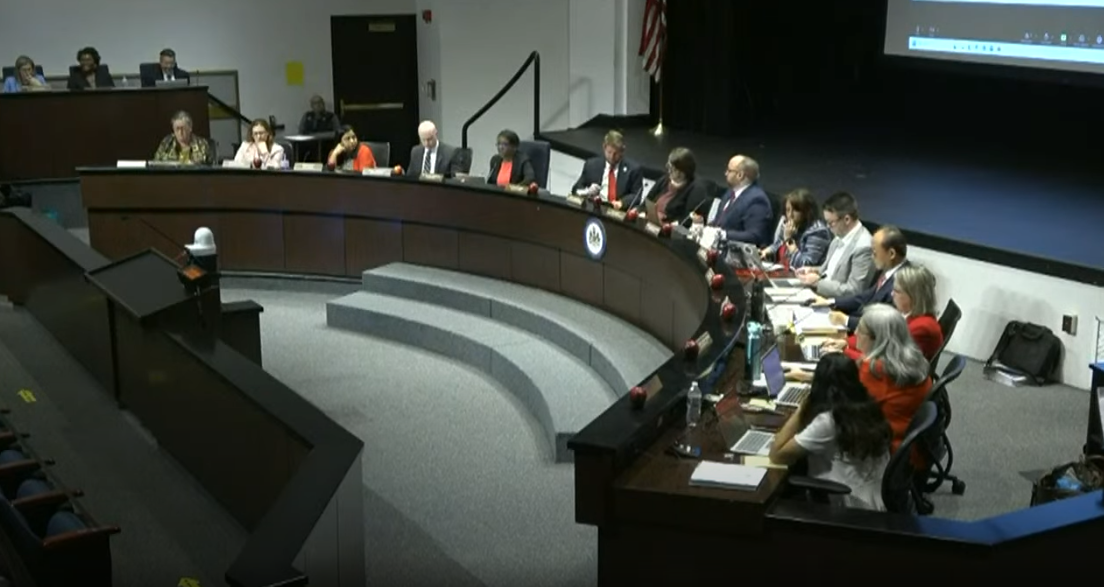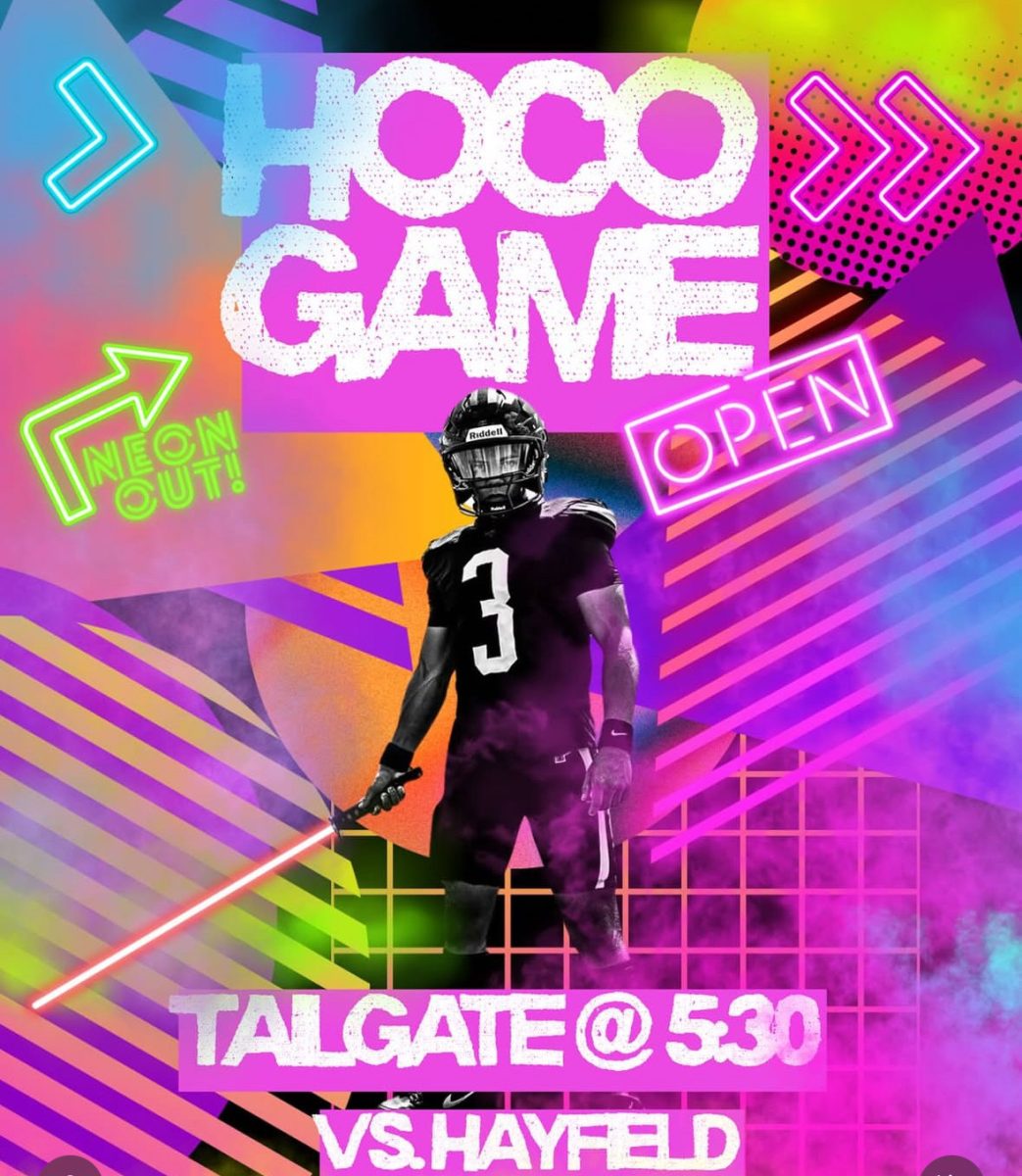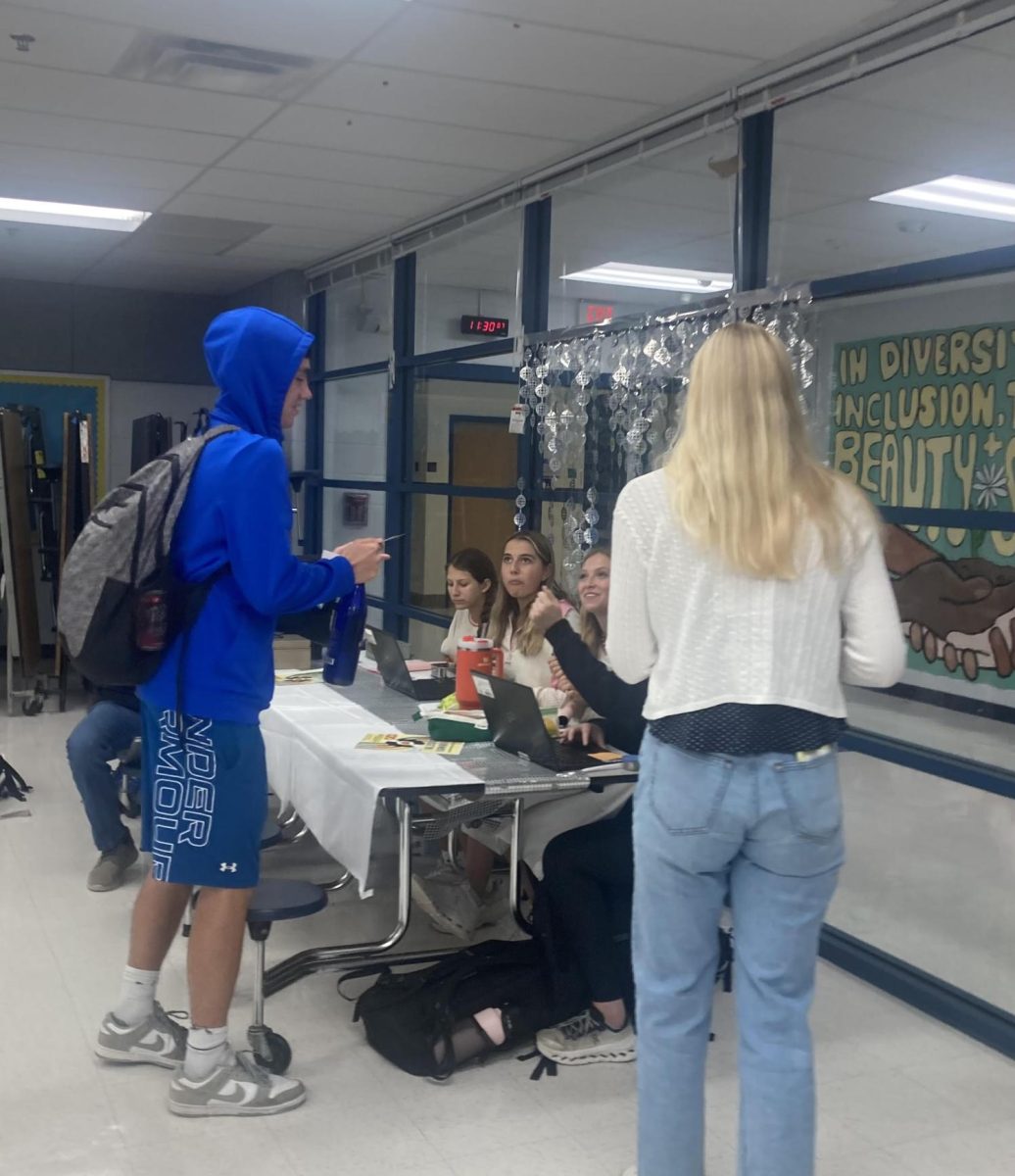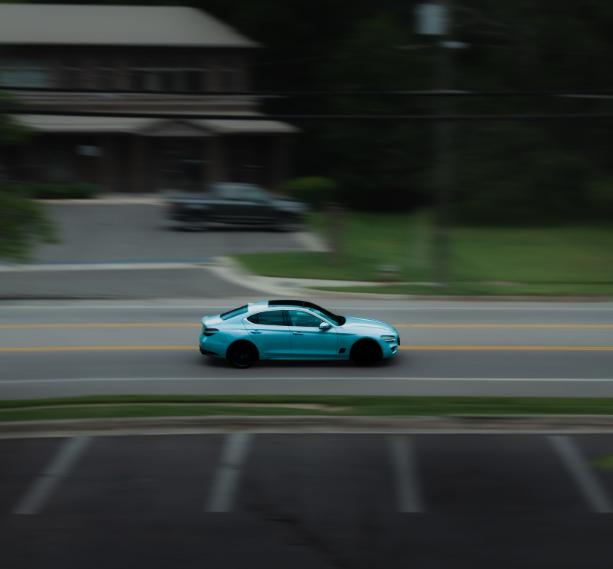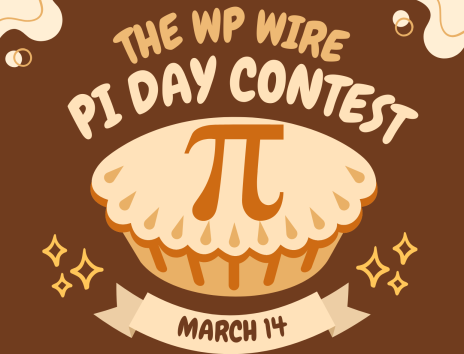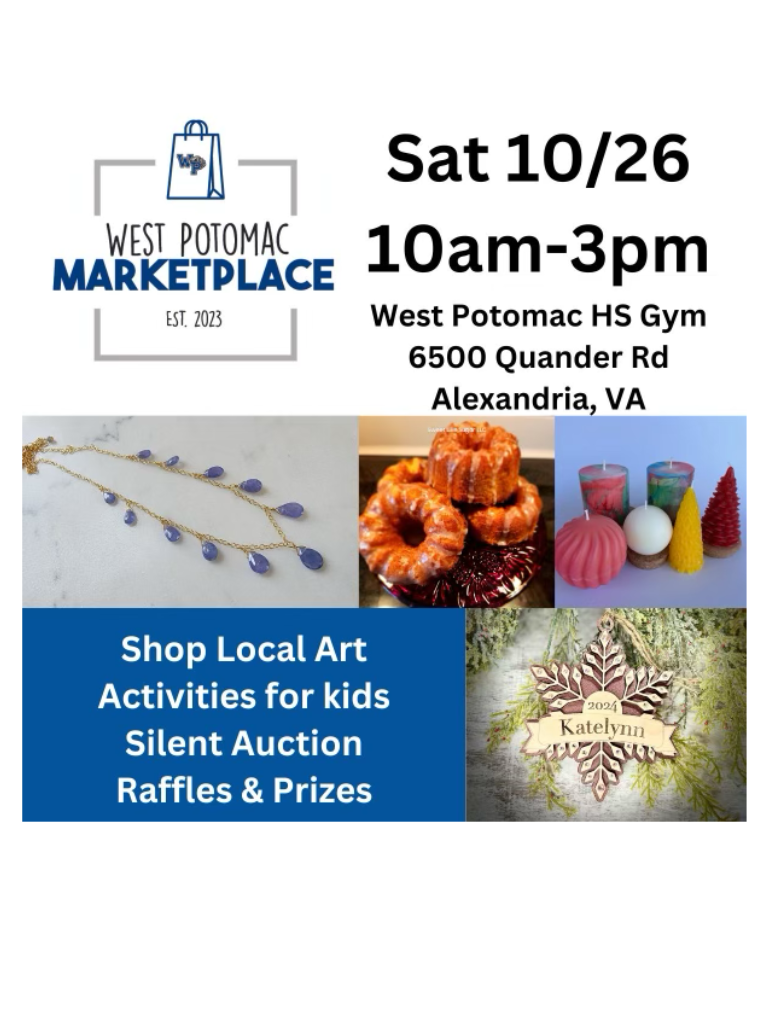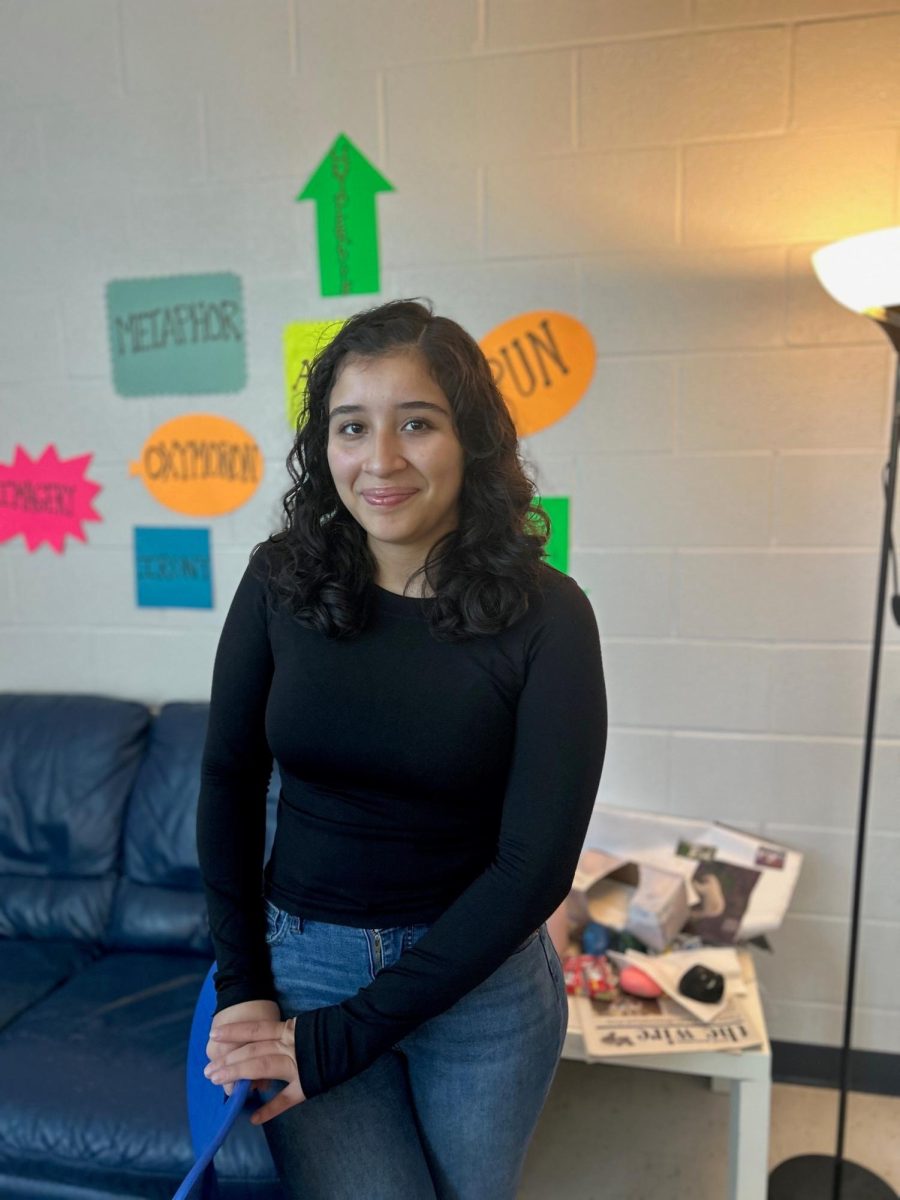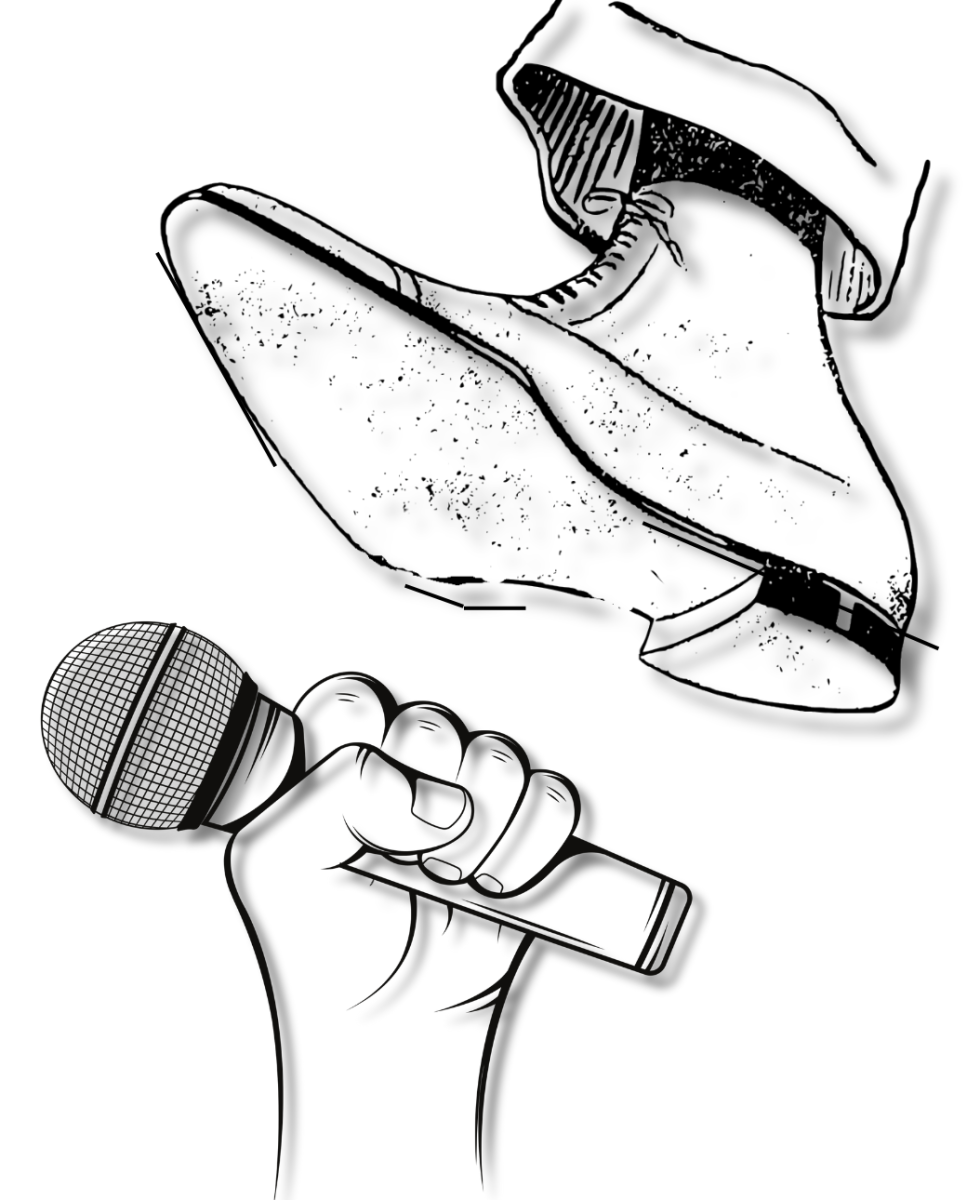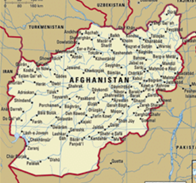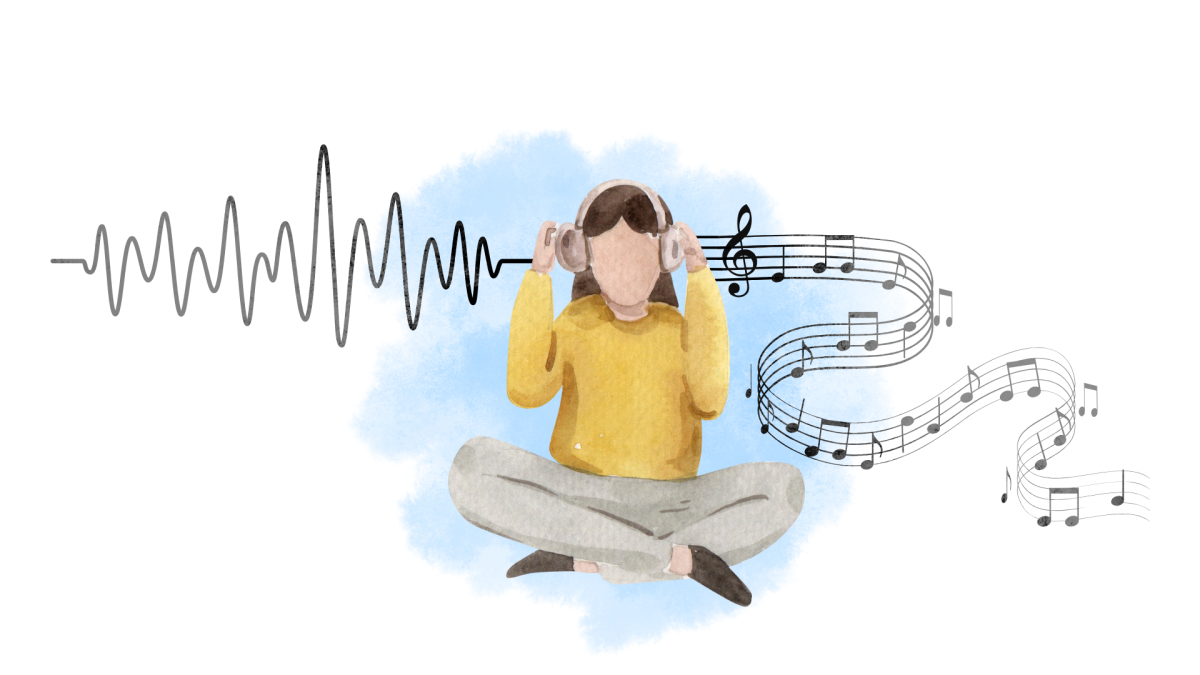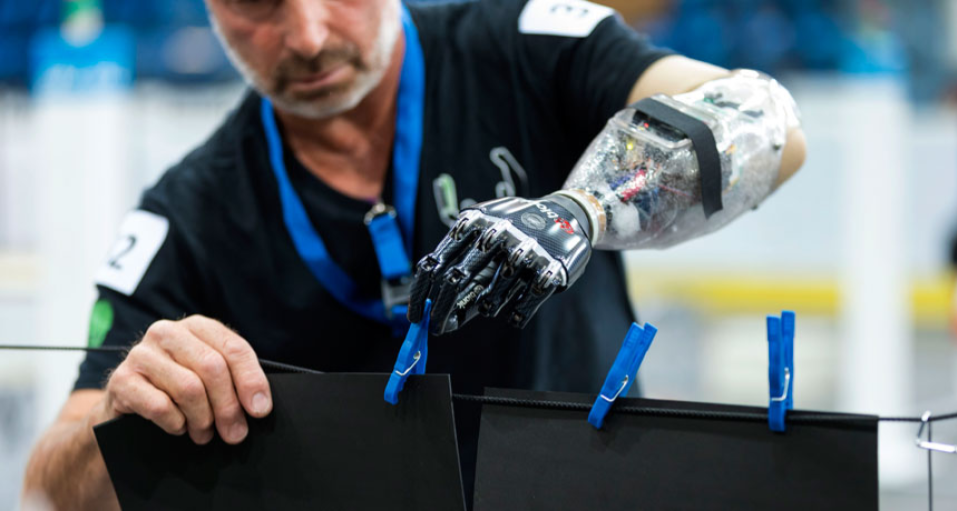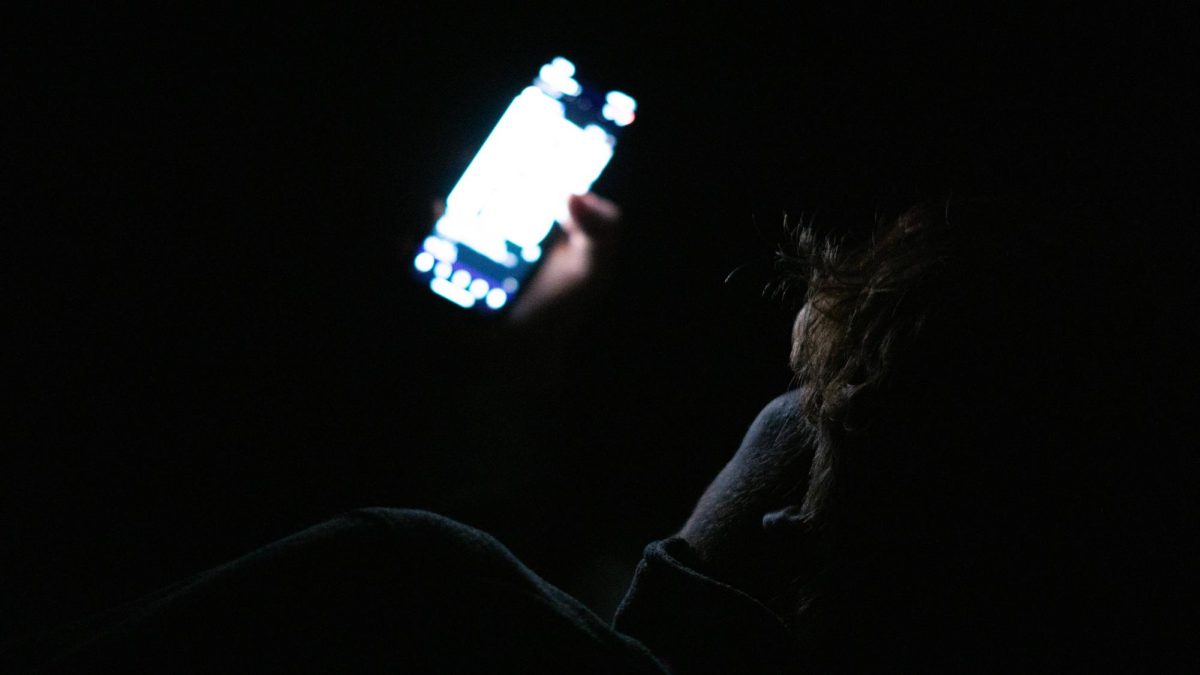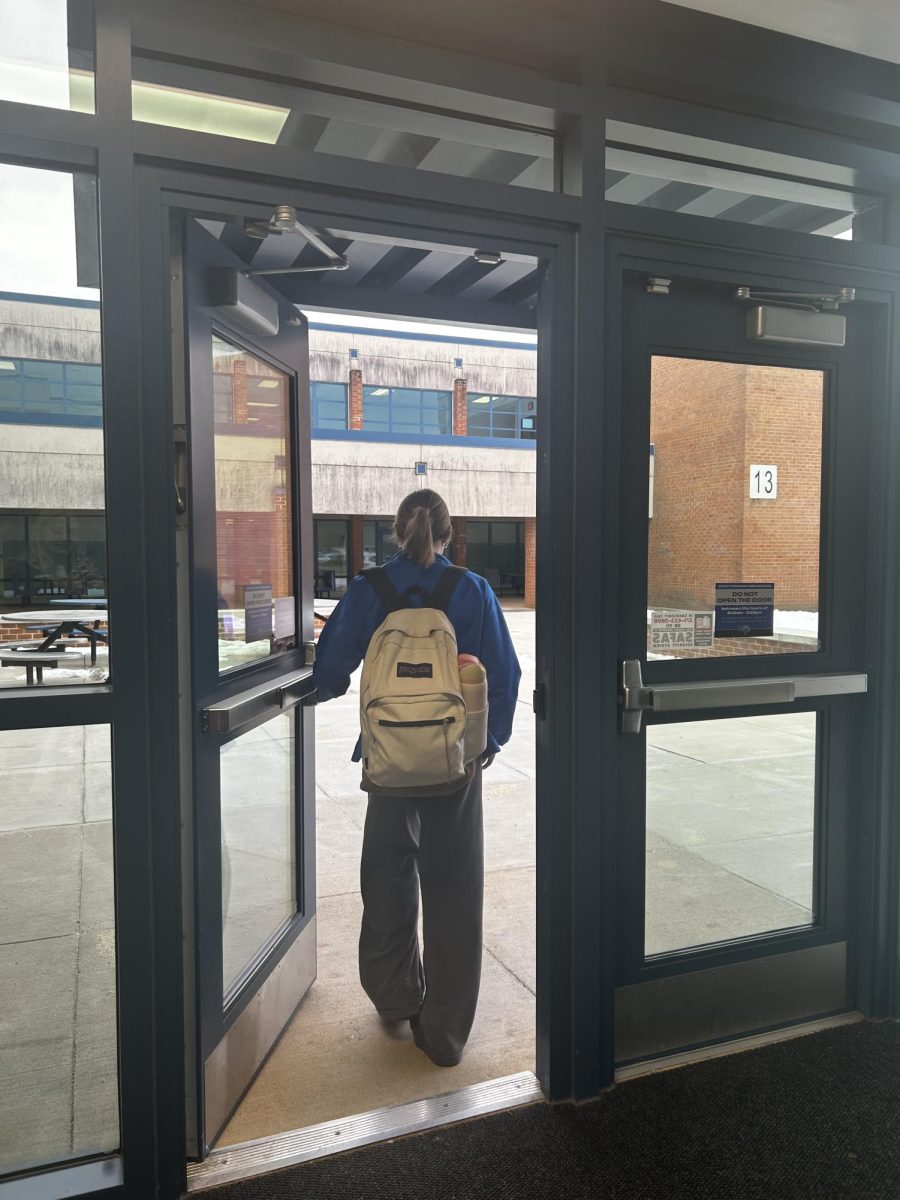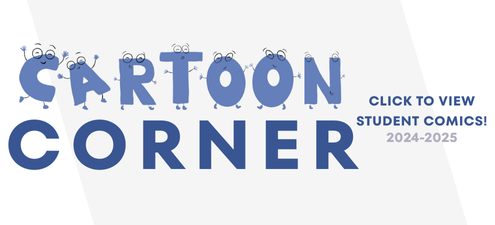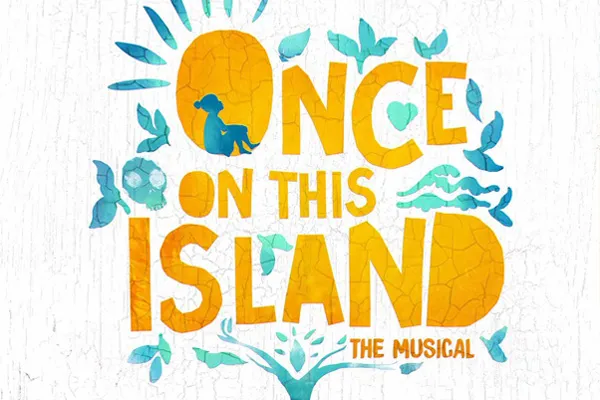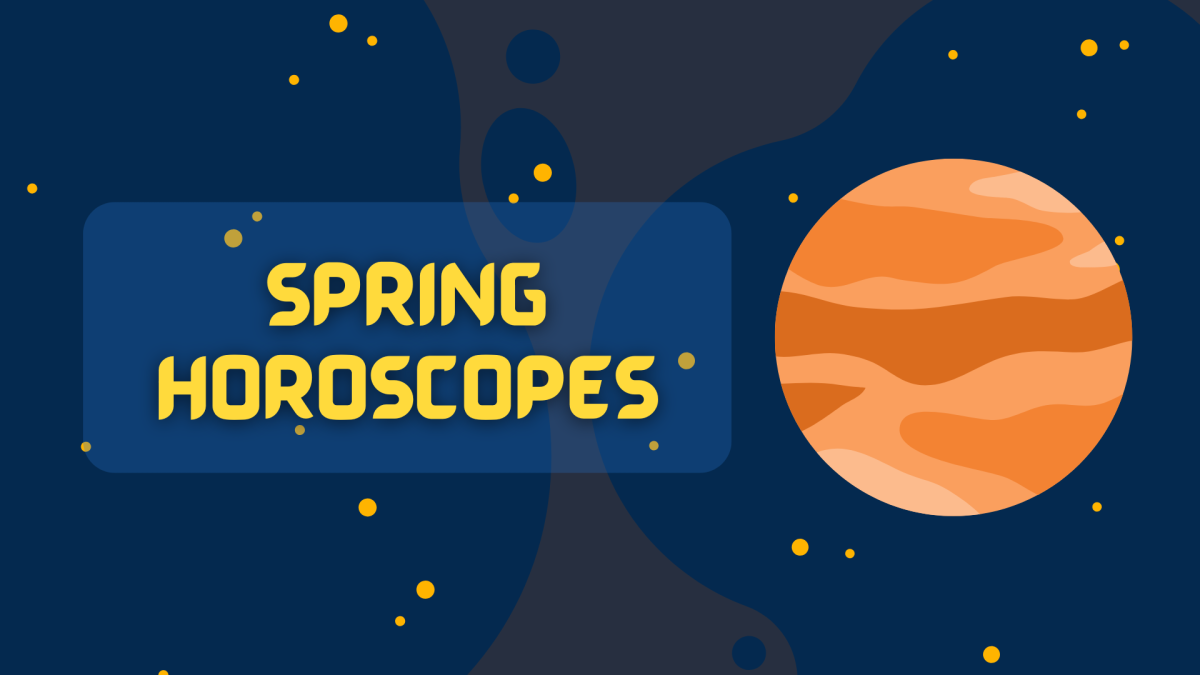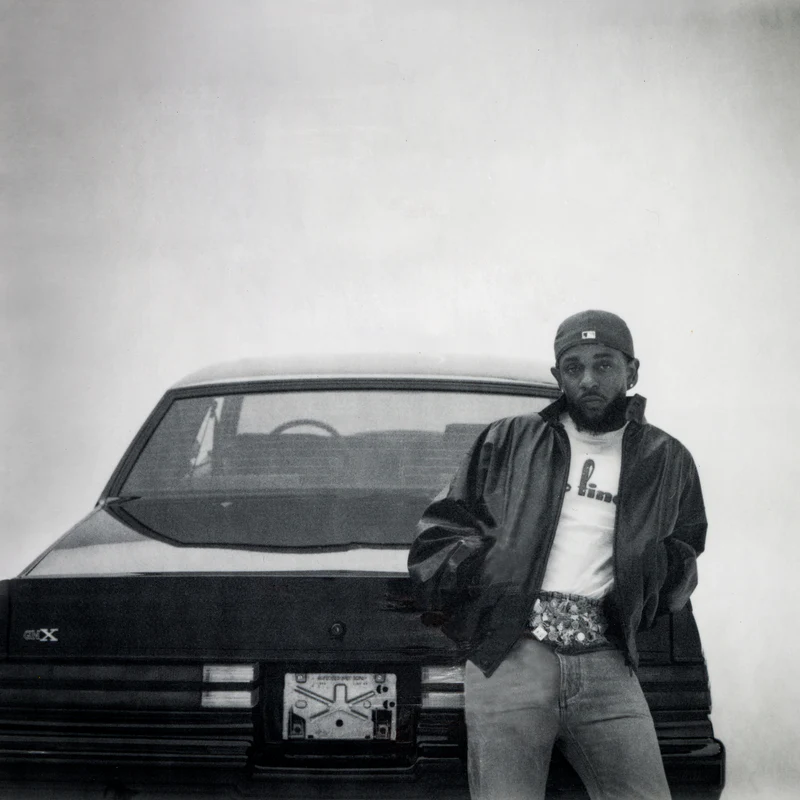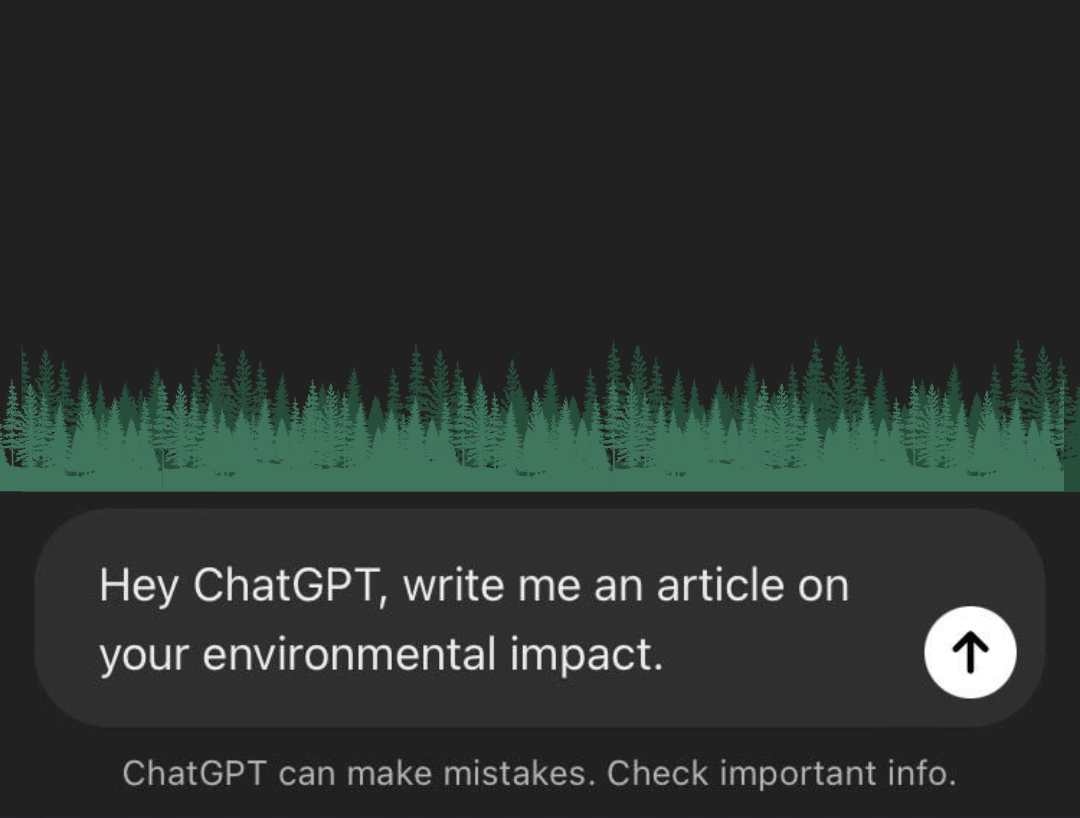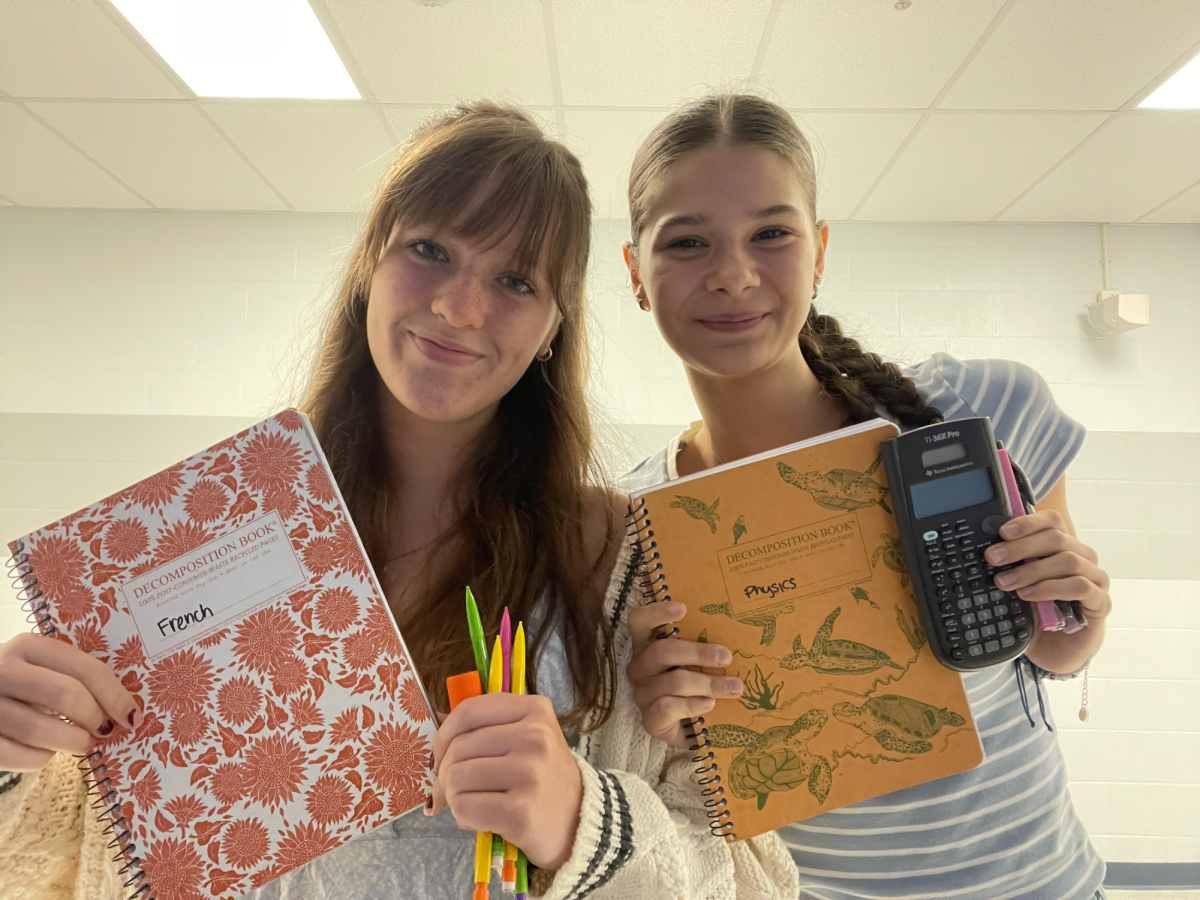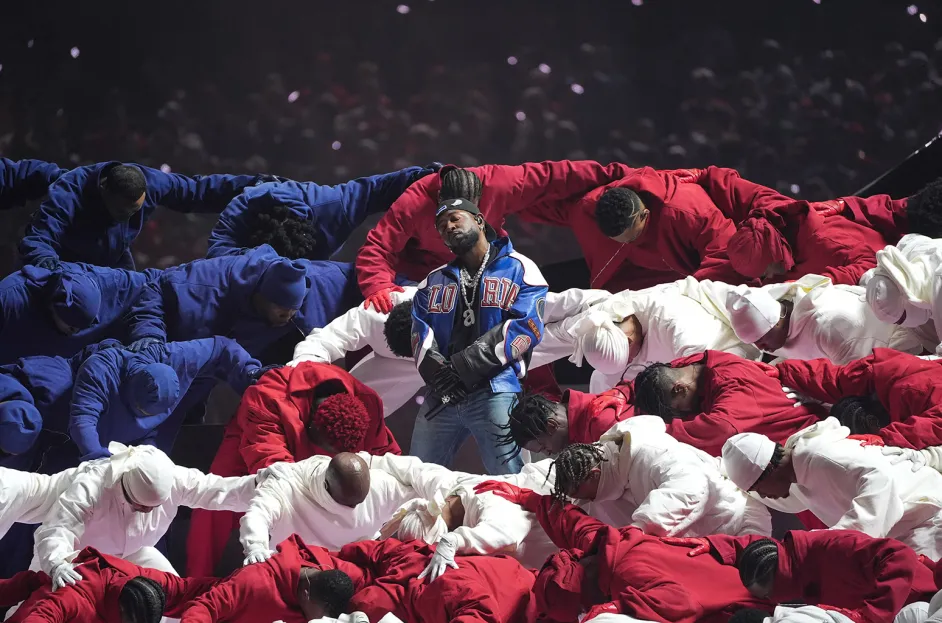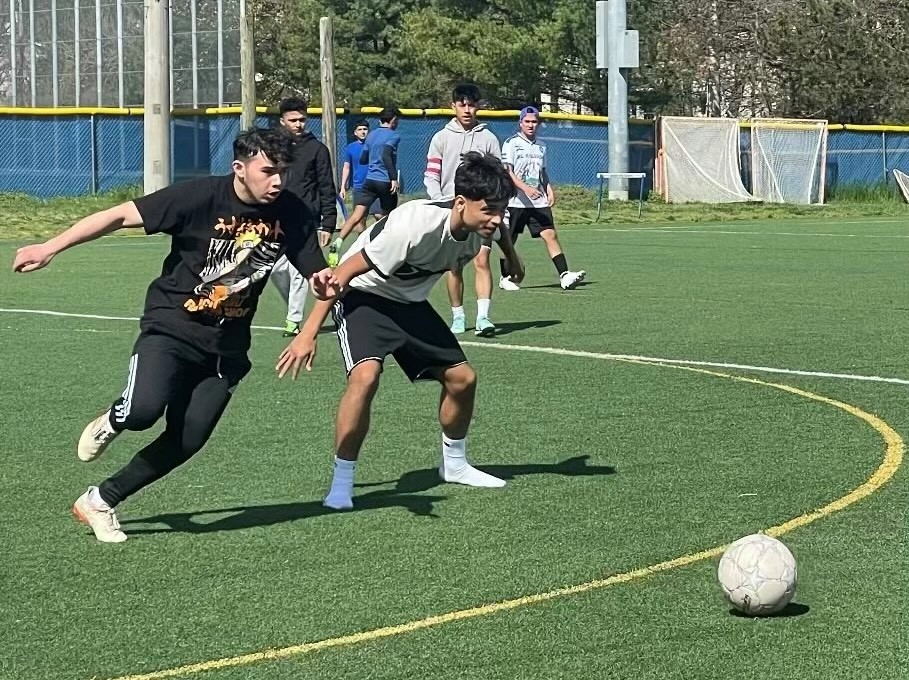Taking Higher Risks for the Next High
Changing minds, changing times: A look into the drug culture of West Potomac as seen through the experiences of one student
Feb 13, 2015
[Editors’ Note: This version of the article differs from the originally published version in The Wire Jan/Feb print magazine issue; it contains expanded content and additional interviews.]
Within fifteen minutes, she started to feel it. The euphoria and happiness intermixed with periods of an intense energy high, but too quickly; it normally took closer to an hour to feel something. Her jaw was clenched and she couldn’t control the painful grinding of her teeth, sucking on lollipop after lollipop to make it less noticeable. Her friends began to notice her eyes rolling back into her head when she would talk and when the crash finally came, it came hard. She felt depressed, irritated with anything people said to her.
Hours after the concert had ended she sat up unable to sleep, ears still ringing and lights and patterns from the show flashing whenever she closed her eyes. Both during and after everything had been heightened, almost to the point that it was no longer enjoyable. From the beginning she knew that something was off.
This November, students throughout Fairfax County took part in the 2014 Youth Survey, a “comprehensive, anonymous, and voluntary survey that examines behaviors, experiences, and other factors that influence the health and well-being of the county’s youth.” This 210-question survey is administered each year to Fairfax County students, and the 2013 survey results were released in early autumn.
In 2013, 35,278 8th, 10th, and 12th graders partook in the Fairfax County Youth Survey, with a total of 32,439 being deemed usable to analyze the habits of Fairfax County students regarding drug and alcohol usage, sexual activity, nutrition and mental health. The general survey for Fairfax County found that alcohol and marijuana were the most frequently used substances, with 19.3% of students (36.2% of seniors) having drank alcohol in the past 30 days, and 21.0% (38.2% of seniors) having smoked marijuana at least once in their lifetimes. In the West Potomac High School Pyramid specifically, overall marijuana usage in the past 30 days was reported at around 15%, with a percentage of nearly 30% of 12th grade students. While these two substances could be called staples amongst high school students and their percentages of use are not shocking, some believe that there are shifting trends in perspectives and usage trending more towards use of harder drugs such as LSD, Ecstasy and pure MDMA.
School psychologist Bethany Koszelak, who works closely with students facing personal drug-related issues, agrees that drug usage is becoming an increasing problem at the school with talk of harder drugs such as Molly and prescription becoming more common in her office. “I think after you’ve been exposed to marijuana and alcohol… you want to experience a different kind of high. A lot of [my students] are coping with some pretty difficult life situations. They’re coping with depression or anxiety, and it’s easier not to feel than to have to deal with some of their realities.”
One West Potomac senior spoke anonymously about her perspectives on drug usage as well as her own experiences with these illegal substances over the past several years. In addition to alcohol and marijuana, she has taken ketamine, an anesthetic commonly known as “horse tranquilizers,” which she describes as “kind of like getting drunk except faster because you snort it. Your body feels more grounded to the ground and you sometimes lose feeling in your body in a way.” Her experiences with cocaine left her feeling confident, if only briefly, and she felt the desire to “just like go fishing, do random things because you have so much energy.” Ecstasy and Molly she saves for raves.
This student estimates she has attended 15 EDM (Electronic Dance Music) concerts, a little over half of which she took some form of mood enhancer beforehand. “When you’re rolling everything feels so good and you just want to hug people, you just want to love people. You’re united with the people around you and very happy, Then there’s the second part of it where you’re very energized and it’s like somebody gave you a huge energy boost… The music controls the way you feel, whether it’s pumped up or slower and mellow.” She has developed her own regimen before, during, and after shows which involves methods of selecting a substance to take as well as additional liquids and vitamins taken to reduce the effects of the post-high crash. These precautions are all in an attempt to make safer a drug which, although not perceived by this particular student as harmful, has been shown by health professionals to have serious risks to student health.
Dr. Koszelak spoke about her own concerns involving specific drugs. “Obviously smoking has effects on your lungs and heart, but my major concern is forming those addictions.” The usage of harder drugs she has been witnessing an anecdotal increase in usage worry her more. “My major concern is with painkillers because I know that’s pretty popular, [as well as] different amphetamines, since it’s changing the way your brain functions. High schoolers’ brains are still growing and it stunts that growth. Things like Ecstasy and Molly… they actually kill parts of your brain and can cause depression, so if you’re not already depressed it can cause that.”
Dependence and further usage lead to even more drastic health consequences. “I know there’s another psychologist who travels and works with students who are in different facilities,” Koszelak noted. “Between [synthetic marijuana] and molly, people are turning into schizophrenics and having psychosis because it eats away at your brain.”
Are experiences like those of the anonymous student typical patterns of high school substance usage, or changing trends in drug culture? Principal Alex Case spoke in an interview on substance use among West Potomac students, based on the 2013 Youth Survey results and his own perceptions. “Marijuana and alcohol [use] is up, and those sort of match some countywide trends that we’re seeing in drug use… I’m seeing a trend of less use at school, which on the one hand is a good thing because students are respecting the Student Rights and Responsibilities, on the other hand if they haven’t changed habits of actual use it’s concerning because it just means the problem has gone somewhere else. So we take that youth survey…very seriously.”
Case explained that drug trends tend to differ with socioeconomic status, with more expensive drugs such as cocaine, heroin and synthetic marijuana being present in greater quantities in the more affluent parts of Alexandria such as McLean and Langley. “There are certainly great pockets of wealth in our school so that sort of makes you worry, does that mean in those pockets it’s a possibility and it could be happening? That’s something we look out for.”
And while the school has measures in place to reduce drug usage in school and in the community, Mr. Case added that the unfortunate reality of high school is that “if students want to find something drug-wise in today’s society they will be able to find it, regardless of whether they attend public or private school or where they live.”



